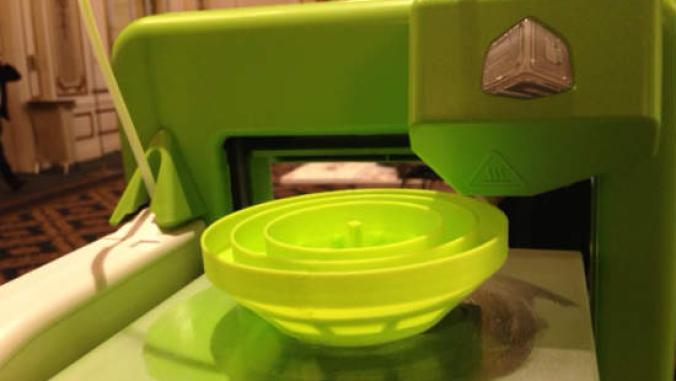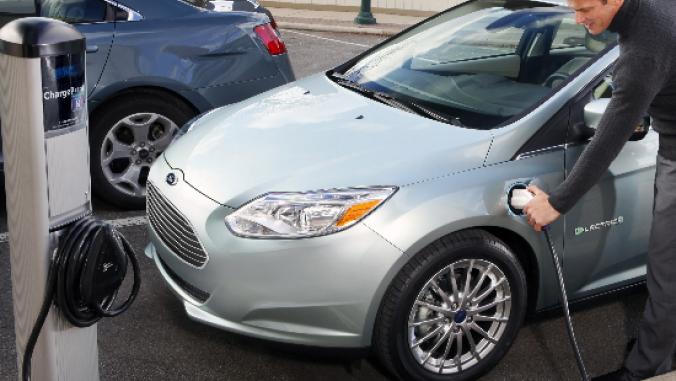New sustainability tools to calculate milk's carbon footprint
<p>The Innovation Center for U.S. Dairy has released two tools to help companies calculate and cut emissions from processing plants and milk transportation.</p>

On its way toward cutting the U.S. dairy industry's emissions by a quarter, the Innovation Center for U.S. Dairy has released two tools to help companies calculate and cut emissions from processing plants and milk transportation.
The Innovation Center has been the guiding force behind the U.S. Dairy Sustainability Commitment, an industry effort -- launched in 2007 -- that aims to reduce carbon emissions by 25 percent by 2020.
One of the steps in that process was an analysis of the entire lifecycle of milk to determine how much carbon is created by what carbon sources, such as cows burping, packaging and refrigeration at retail stores.
"The Innovation Center built upon the findings of the GHG Life Cycle Assessment for Fluid Milk to develop and test a suite of measurement tools," Barbara O’Brien, president of the Innovation Center, said in a statement. "These tools help dairy farms and businesses adopt sustainable practices that improve their environmental performance and positively impact their bottom line.”
Those new resources -- released this week -- are Dairy Plant Smart and Dairy Fleet Smart. Both are Web-based tools aimed at milk processors and transporters that want to figure out their carbon emissions and ways to reduce them.
Dairy Plant Smart, which was crafted for plants that process fluid milk, can help determine how much energy is used in production, transportation, refrigeration and packaging, while also finding ways to cut energy use. Dairy Fleet Smart, meanwhile, looks just at transportation, fuels and fuel-efficient tactics.
Both tools include brief overviews of best practices, calculators for determining carbon footprints and tips for developing reduction action plans.
The Innovation Center estimates that if a large majority of companies undertook industry best practices, they could collectively save $45-$50 million a year in energy costs and around $57 million in fuel costs.
The tools were launched this month in conjunction with Earth Day, when the Innovation Center also released the 2011 U.S. Dairy Sustainability Report, which gives an update on where the industry is at in relation to its goals.
Along with environmental and sustainability-related topics, the report looks at social and economic matters as well. The previous year's report, in contrast, focused heavily on greenhouse gas emissions, to which all parts of the dairy lifecycle -- from cow feed production to processing to refrigeration to throwing away spoiled milk -- contribute.
Photo of milk splash by Home-lab via Shutterstock.





